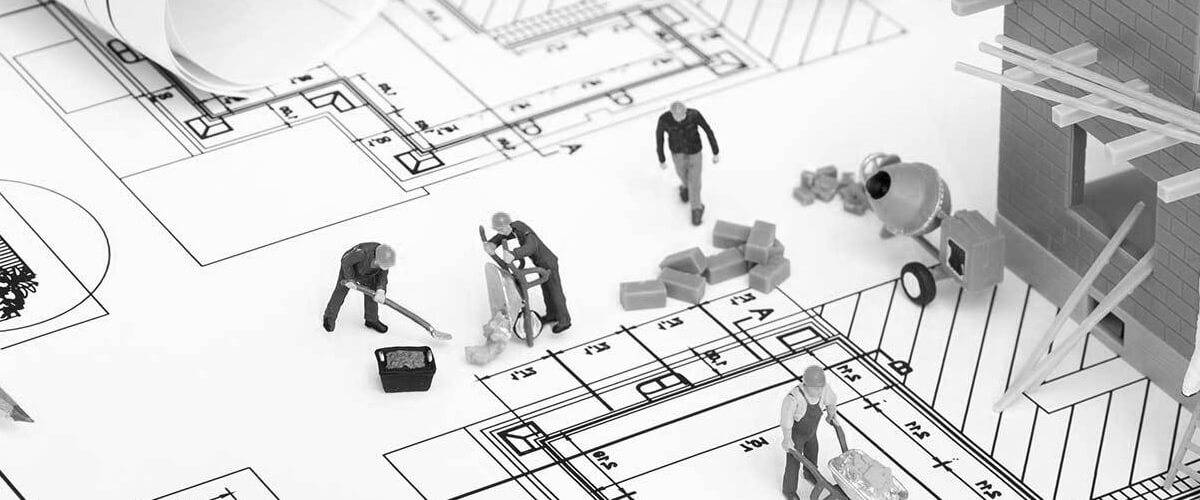
Whether it be a home, an office or university, a building’s design can help or hinder our health and productivity. For example, we can be affected by daylight access, air quality, connection to nature and acoustics. Our senses all relate to how exposed we feel and as a concept, a healthy building should be designed around a seamless user experience.
Most architectural photography is devoid of people – for good reason. Images of empty architectural spaces have an allure that’s backed up by psychology: We’re most attracted to images of people, and if even one person slips into the frame, they take attention away from the space itself. The attention here is not about what people do in the space but rather the user experience designed from the imagined users’ needs. In this regard, the architectural photography empty of people will feel like great architecture.
It may seem obvious, but even the most beautiful building detracts from user experience if it doesn’t fulfill its function. What is the value of stunning aesthetics if an occupant is stifled by heat from a misplaced window, or is unable to arrange furniture neatly inside?
Quite often architects/designers rarely go back and gauge if their designs are fit for purpose after construction. A performance gap exists as buildings operate differently in reality in comparison with its design on paper. Often reasons for not making an assessment are generally associated with cost and the contractor having moved onto another job – and unfortunately nobody wants to be accountable when something goes wrong.
What’s in vogue quite often influences design for buildings, plugging successful designs from one industry and applying it directly to another with expectations of the same outcome.
It might look nice but does it suit the users’ needs?
Seamless user experience is the end goal and the road to this destination should involve a healthy dose of user feedback and learning from the existing spaces. Only then will a building’s function align with desires of the user.